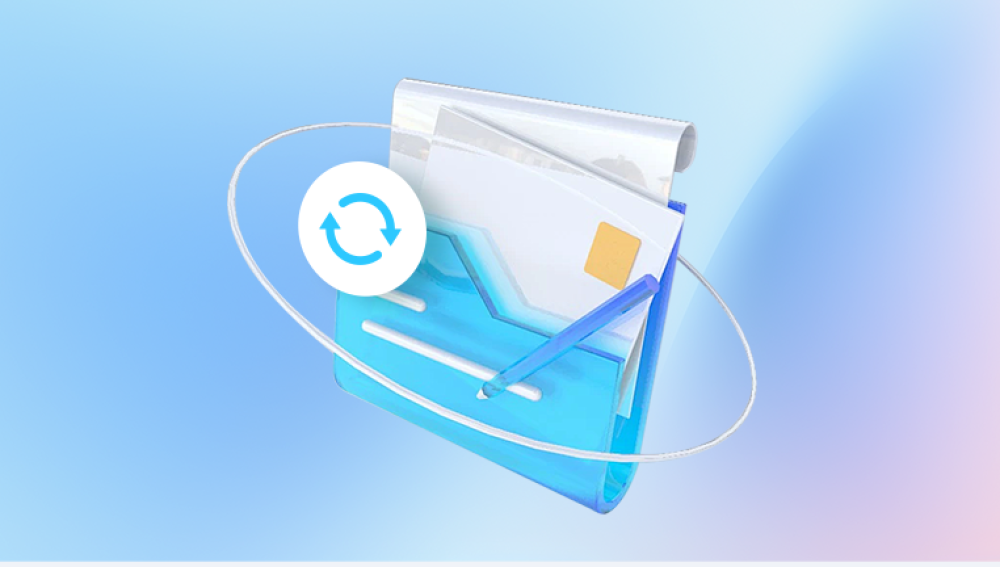Fortunately, a variety of data recovery software options are available for free download, offering solutions to retrieve lost files. This guide explores the best free data recovery software, their features, advantages, and limitations, providing a comprehensive overview to help users make informed decisions.
Data recovery software is designed to retrieve lost, deleted, corrupted, or inaccessible data from storage devices like hard drives, SSDs, USB drives, and memory cards. These tools work by scanning the storage media for traces of lost data and reconstructing it to its original form.
Drecov Data Recovery Software is truly free to download, with a certain trial recovery capacity, affordable price, professional service, and it is our responsibility to protect user privacy.
https://recovery.pandaoffice.com/data-recovery-windows/

Top Free Data Recovery Software
Recuva
Overview: Developed by Piriform, Recuva is a widely-used data recovery tool known for its user-friendly interface and robust recovery capabilities.
Features:
Deep scan mode for thorough searches
Ability to recover files from damaged or formatted disks
Preview function for files before recovery
Secure overwrite feature for permanent deletion
Pros:
Easy to use, even for beginners
Supports a wide range of file types and storage devices
Fast scanning process
Cons:
Limited features in the free version compared to the paid version
May not recover all files if they are severely corrupted
EaseUS Data Recovery Wizard Free
Overview: EaseUS Data Recovery Wizard is another popular choice for data recovery, offering a straightforward approach to recovering lost files.
Features:
Recovers up to 2GB of data for free
Supports recovery from various scenarios, including deletion, formatting, and system crashes
User-friendly interface with a step-by-step recovery process
Pros:
Efficient and reliable recovery process
Compatible with Windows and macOS
Regular updates and improvements
Cons:
Data recovery limit in the free version
Some advanced features require a paid upgrade
Disk Drill
Overview: Developed by CleverFiles, Disk Drill offers a comprehensive suite of data recovery tools with a focus on simplicity and effectiveness.
Features:
Supports recovery of up to 500MB of data for free
Quick and deep scan options
Recovery vault feature for added data protection
Supports a wide range of file systems and storage devices
Pros:
Intuitive user interface
Advanced data protection features
Cross-platform compatibility (Windows and macOS)
Cons:
Limited data recovery in the free version
Some features require a paid upgrade
PhotoRec
Overview: PhotoRec is a powerful open-source data recovery software that specializes in recovering lost files from various storage devices.
Features:
Supports recovery of a wide range of file formats
Works on multiple platforms, including Windows, macOS, and Linux
No data recovery limit in the free version
Works alongside TestDisk for enhanced recovery capabilities
Pros:
Free and open-source
Highly effective in recovering lost files
Supports a wide range of file systems
Cons:
Command-line interface may be challenging for beginners
Lack of advanced features found in commercial software
MiniTool Power Data Recovery Free
Overview: MiniTool Power Data Recovery offers a robust solution for recovering lost data with a user-friendly interface.
Features:
Recovers up to 1GB of data for free
Supports recovery from various data loss scenarios
Scans both internal and external storage devices
Pros:
Simple and easy-to-navigate interface
Effective in recovering lost files
Regular updates and customer support
Cons:
Limited data recovery in the free version
Some advanced features require a paid upgrade
Advantages of Free Data Recovery Software
Cost-Effective: Free data recovery software provides an economical solution for retrieving lost data without the need for expensive professional services.
Accessibility: These tools are readily available for download and can be used immediately to address data loss issues.
User-Friendly: Many free data recovery programs are designed with intuitive interfaces, making them accessible even to users with limited technical expertise.
Variety: A wide range of free data recovery tools are available, each with unique features and capabilities, allowing users to choose the one that best suits their needs.
Limitations of Free Data Recovery Software
Data Recovery Limits: Most free versions of data recovery software have limitations on the amount of data that can be recovered, requiring a paid upgrade for full recovery.
Advanced Features: Free versions may lack advanced features such as deep scanning, advanced filtering, and support for complex data loss scenarios.
Success Rate: The effectiveness of free data recovery tools can vary, and they may not always recover all lost data, especially in cases of severe corruption or physical damage.
Support and Updates: Free software may offer limited customer support and less frequent updates compared to paid versions.
Best Practices for Using Data Recovery Software
Stop Using the Affected Device: To maximize the chances of successful data recovery, avoid using the storage device from which data is lost. Continued use can overwrite lost data, making recovery more difficult.
Choose the Right Tool: Select a data recovery tool that matches your specific needs and the type of data loss scenario you are facing.
Follow Instructions: Carefully follow the software's instructions and guidelines to ensure a smooth recovery process.
Consider Professional Help: If free data recovery tools fail to retrieve your data or if the data is highly valuable, consider seeking professional data recovery services.
Free data recovery software provides a valuable lifeline for individuals and businesses facing data loss. Tools like Recuva, EaseUS Data Recovery Wizard, Disk Drill, PhotoRec, and MiniTool Power Data Recovery offer accessible and effective solutions for retrieving lost files. While these free options have their limitations, they can be highly effective for many common data loss scenarios. By understanding the capabilities and constraints of these tools, users can make informed decisions and take proactive steps to protect their data in the future.




